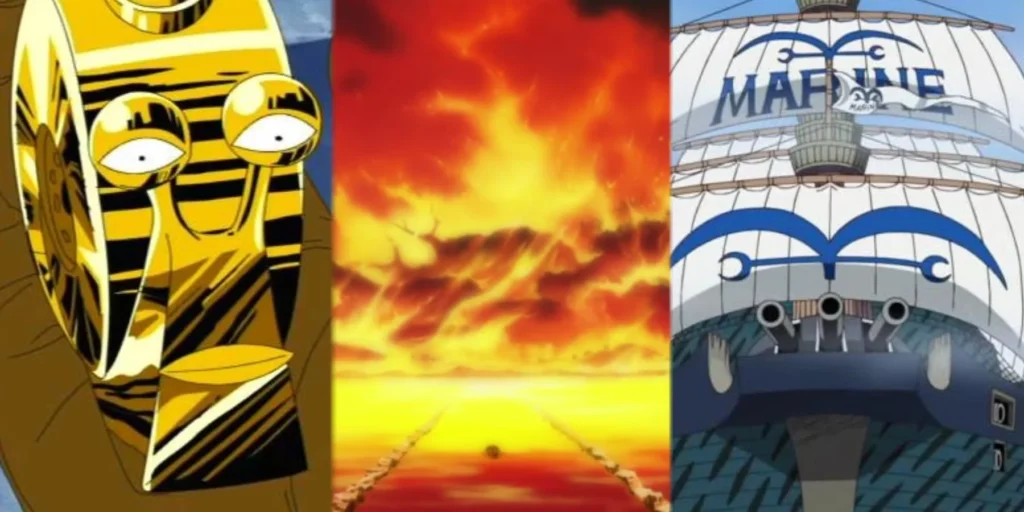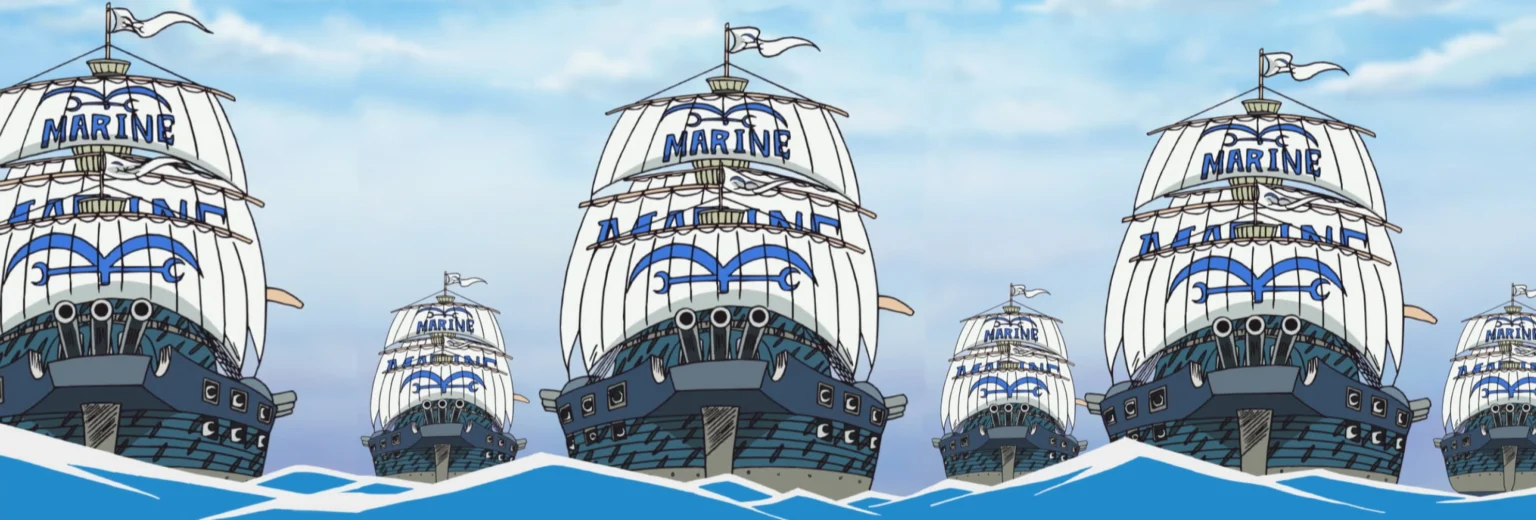The recent chapters of Eiichiro Oda’s One Piece manga series have brought the Egghead arc to an exciting climax for dedicated weekly readers. The unfolding climax is not only thrilling in its initiation but also captivating due to the Buster Call and the unexpected appearances of certain characters, stirring excitement among fans.
One noteworthy aspect of the current narrative is the integration of popular concepts and past storylines from One Piece, such as the Oharan genocide and the fate of Jaguar D. Saul, seamlessly woven into the Egghead arc. Specifically, for the climax, the infamous Marine and World Government directive known as the Buster Call makes its ominous return for the third time in the series. Notably, this marks the first canon appearance of the Buster Call in the post-time-skip series outside of flashback sequences.
Given the considerable time that has elapsed since the last Buster Call in the series, some fans find themselves perplexed about the nature of this military operation. The confusion is further heightened by the Egghead Buster Call’s larger size and greater strength, making it challenging for fans who may not distinctly recall the intricacies of what this action entails.
What is a Buster Call in One Piece? Explained

In the expansive world of the One Piece series, the Buster Call stands out as the “ultimate form of military attack” employed by the formidable Marines. Typically initiated through a Golden Transponder Snail, the enactor communicates with an Admiral who then mobilizes the forces. This strategic maneuver is emblematic of the Marine doctrine of Absolute Justice, a philosophy rooted in the belief that eliminating evil is paramount, even if it involves sacrificing civilian lives or engaging in morally ambiguous acts.
The activation of a attack invariably signifies impending catastrophe for the targeted island and its inhabitants. The doctrine of Absolute Justice ensures that not even innocent civilians seeking refuge on escape ships are spared, as exemplified in the Oharan genocide and its accompanying Buster Call, where individuals lacking knowledge of the Void Century were ruthlessly killed.
Typically, a conventional Buster Call in the One Piece universe consists of a fleet comprising ten battleships under the command of five Vice Admirals. This formidable force is reputed to be comparable to the average military strength of an entire nation, constituting a presence of 10,000 soldiers, with each battleship accommodating one thousand soldiers, according to in-series discussions.
One Piece’s Buster Call is one of the most Deadly Known Demonstrations of force in the series
However, Egghead’s Buster Call deviates from the norm, boasting a unique composition of 30,000 soldiers led by nine Vice Admirals, Admiral Kizaru, and the esteemed Gorosei member Saint Jaygarcia Saturn himself. While it’s noted that the initial force dispatched to Egghead comprised 100 ships, the siege combat preceding the Buster Call likely significantly reduced this number. Out of the original 100 ships, 20 were specifically designated as “giant warships.”
The recent enactment of the Buster Call in One Piece holds distinct significance, as Egghead Island, despite Dr. Vegapunk’s betrayal, remains a hub of advanced technology with both civilian and military applications. Remarkably, Saint Saturn prioritizes the eradication of Dr. Vegapunk and his research on the Void Century over preserving these technological assets.
Essentially, the Buster Call serves as a manifestation of the unyielding force and ideology upheld by the Marines and the World Government. Once unleashed, it spares neither friend, foe, nor innocent civilians, as witnessed repeatedly. Although the Straw Hats have demonstrated their ability to survive such an onslaught, it typically spells doom for the targeted island and its inhabitants.
Suggested Read: One Piece Episode 1092 Release Date and Time







